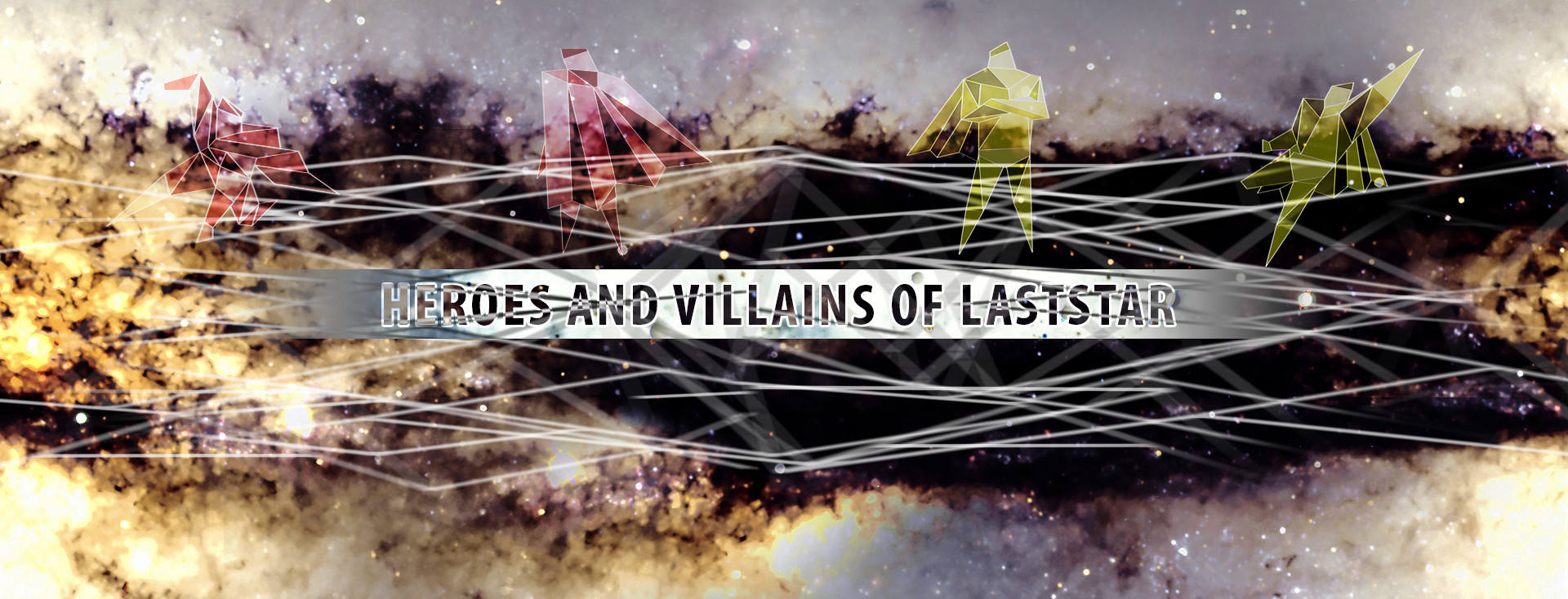The Psychopomp
Beneath the sunny shores of the Warspite Coast, under the city streets, there lay a beacon of raw energy and primal resonance known as The Psychopomp. This establishment, both a sanctuary and a battleground, carved its place as a death metal bar and venue that resonated with the primal beats and fervent darkness of its genre.
Saido, a district that bordered the lively and treacherous Prisantine, had always been a hub of entertainment and musical expression. Here, The Psychopomp rose to prominence, drawing aficionados of death metal from across the region. The Warspite Coast's status as an entertainment suburb ensured a constant influx of tourists and day-trippers from Prisantine, attracted by the allure of Saido's unique offerings. As the death metal scene within The Psychopomp grew, it cultivated a fervent following that became increasingly entrenched in its hardcore ethos. The primal rhythms, roaring vocals, and intense atmosphere created a magnetic pull for those who sought solace and expression within the realm of darkness.
Yet, this evolution in the music scene brought about unforeseen tensions. The clash between the primal energy of death metal and the rebellious spirit of punk rock found a flashpoint when visitors from Prisantine, sporting Barry's Billboards and Booze shirts, crossed into the dominion of The Psychopomp. This seemingly innocent gesture was perceived as an incursion—a breach of territory that the death metal enthusiasts took as a challenge to their domain. Fuelled by the raw intensity of their music and the fervent loyalty to their subculture, the death metal aficionados unleashed their aggression upon the unsuspecting visitors from Prisantine. The result was a vicious and merciless beating, marking the inception of a bitter feud between the two rival music genres that now thrived on opposite sides of a razor-thin boundary.
The clash became emblematic of the larger cultural divide between the metal of Saido and the punk rock of Prisantine. Each genre staunchly defended its cultural identity, often clashing in both sonic discord and physical altercations. As tensions escalated, the lines between music and warfare blurred, with fervent supporters of each genre finding themselves embroiled in a visceral conflict that transcended the boundaries of mere musical preferences. The feud reverberated throughout the Warspite Coast and echoed in the darkened chambers of The Psychopomp itself, the very embodiment of the passionate intensity that both fuelled the violence and resonated within its walls. The clash between death metal and punk rock was a testament to the power of music to shape identity and ignite passions, even as it laid bare the inherent frictions of a diverse society.
As the echoes of discord reverberated through the district of Saido, The Psychopomp stood as a poignant symbol—a nexus where darkness met rebellion.
Saido, a district that bordered the lively and treacherous Prisantine, had always been a hub of entertainment and musical expression. Here, The Psychopomp rose to prominence, drawing aficionados of death metal from across the region. The Warspite Coast's status as an entertainment suburb ensured a constant influx of tourists and day-trippers from Prisantine, attracted by the allure of Saido's unique offerings. As the death metal scene within The Psychopomp grew, it cultivated a fervent following that became increasingly entrenched in its hardcore ethos. The primal rhythms, roaring vocals, and intense atmosphere created a magnetic pull for those who sought solace and expression within the realm of darkness.
Yet, this evolution in the music scene brought about unforeseen tensions. The clash between the primal energy of death metal and the rebellious spirit of punk rock found a flashpoint when visitors from Prisantine, sporting Barry's Billboards and Booze shirts, crossed into the dominion of The Psychopomp. This seemingly innocent gesture was perceived as an incursion—a breach of territory that the death metal enthusiasts took as a challenge to their domain. Fuelled by the raw intensity of their music and the fervent loyalty to their subculture, the death metal aficionados unleashed their aggression upon the unsuspecting visitors from Prisantine. The result was a vicious and merciless beating, marking the inception of a bitter feud between the two rival music genres that now thrived on opposite sides of a razor-thin boundary.
The clash became emblematic of the larger cultural divide between the metal of Saido and the punk rock of Prisantine. Each genre staunchly defended its cultural identity, often clashing in both sonic discord and physical altercations. As tensions escalated, the lines between music and warfare blurred, with fervent supporters of each genre finding themselves embroiled in a visceral conflict that transcended the boundaries of mere musical preferences. The feud reverberated throughout the Warspite Coast and echoed in the darkened chambers of The Psychopomp itself, the very embodiment of the passionate intensity that both fuelled the violence and resonated within its walls. The clash between death metal and punk rock was a testament to the power of music to shape identity and ignite passions, even as it laid bare the inherent frictions of a diverse society.
As the echoes of discord reverberated through the district of Saido, The Psychopomp stood as a poignant symbol—a nexus where darkness met rebellion.

